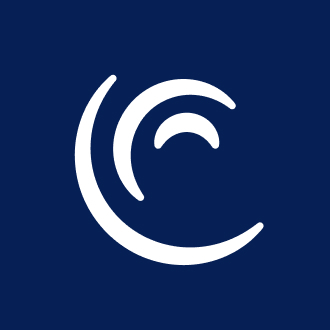Cadence and RUSH Launch Remote Monitoring Program to Improve Outcomes for People With Chronic Conditions
Cadence and RUSH Launch Remote Monitoring Program to Improve Outcomes for People With Chronic Conditions
The strategic partnership will enable scalable chronic disease management, supporting RUSH’s transition to value based care
NEW YORK & CHICAGO--(BUSINESS WIRE)--Cadence announced today a partnership with Rush University System for Health (RUSH) to launch a remote monitoring and responsive virtual care program for Medicare and Medicaid patients in the Chicago area. The new program combines an expert clinical team with a robust technological infrastructure to provide proactive and preventive health care to people with chronic conditions.
“Our goal at RUSH is to deliver phenomenal health care for all people, all the time. We know access, especially for patients with chronic disease, can be a major challenge,” said Dr. Omar Lateef, President and CEO, RUSH University Medical Center. “With Cadence’s technology and clinical infrastructure supporting RUSH clinicians, we will help more patients achieve even better outcomes.”
Patients will have access to Cadence’s program, which is designed with a team-based care model. Powered by remote monitoring technology and a nurse practitioner-led care team, Cadence collects, analyzes and responds to patients’ vitals in real-time. Cadence supports patients at home with medications, labs, and coaching that lead to a healthier and longer life.
RUSH clinicians will benefit from frictionless communications tools, sophisticated alert systems and support to help to alleviate burnout and provide more efficient care delivery.
Cadence’s program has supported significant improvement in clinical care and outcomes for patients, clinicians, and health systems. Patients with heart failure enrolled in Cadence are more likely to receive guideline-directed medical therapies, which have been shown to improve quality of life and reduce mortality1. Cadence has also supported health system partners to achieve significant increases in the percentage of patients who achieve blood pressure and glucose goals. In addition, patients enrolled in Cadence saw a 21% decrease in total cost of care2.
“RUSH is one of the most innovative health systems in the country that leads from the front,” said Chris Altchek, CEO and Founder of Cadence. “RUSH delivers outstanding patient care in the community, world-class clinical research, and is renowned for its training of clinicians. We are proud to partner with them as our next Academic Medical Center to improve and extend access to excellent patient care.”
RUSH’s connected care program will support patients with hypertension, congestive heart failure, and type 2 diabetes. The program will be able to support an increasing number of conditions and acuities over time.
About Cadence
Cadence is a health technology company helping the nation’s most patient-centric health systems deliver more consistent, proactive healthcare every day. Cadence’s remote patient intervention solution couples powerful new technology with clinical excellence, providing its patients a precise and personal level of care all outside of the four walls of the hospital. More information about the company can be found at www.cadence.care.
About RUSH
RUSH University System for Health brings together the brightest minds in medicine, research and academics. Driven by discovery, innovation and a deep responsibility for the health of our communities, RUSH is a national leader in outstanding patient care, education, research, community partnerships and empowering a new generation of health care providers.
RUSH University Medical Center is ranked among the top hospitals in the nation by U.S. News & World Report. The Medical Center was also ranked No. 4 in the nation by Vizient and named a Top Teaching Hospital by The Leapfrog Group.
RUSH includes RUSH University Medical Center, RUSH University, RUSH Copley Medical Center and RUSH Oak Park Hospital and numerous outpatient care facilities, as well as an extensive provider network that includes more than 140 physician practices. RUSH University comprises four colleges: RUSH Medical College, the College of Nursing, the College of Health Sciences and the Graduate College.
1New Cadence data show improved outcomes for heart failure patients
2Based on a 2022 analysis of North Carolina ACO data of CHF patients. For purposes of this analysis, the time period analyzed prior to Cadence enrollment for each patient was made equivalent to the time period “following Cadence enrollment”. For example, if a patient has been enrolled for 14 weeks, only 14 weeks prior to enrollment was analyzed to compare like time horizons.
Contacts
Media:
Cadence
Caitlyn Durcan
caitlyn@cadencerpm.com
RUSH
Nancy Di Fiore
Nancy_DiFiore@rush.edu
